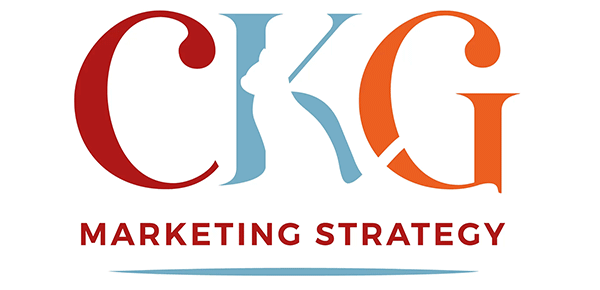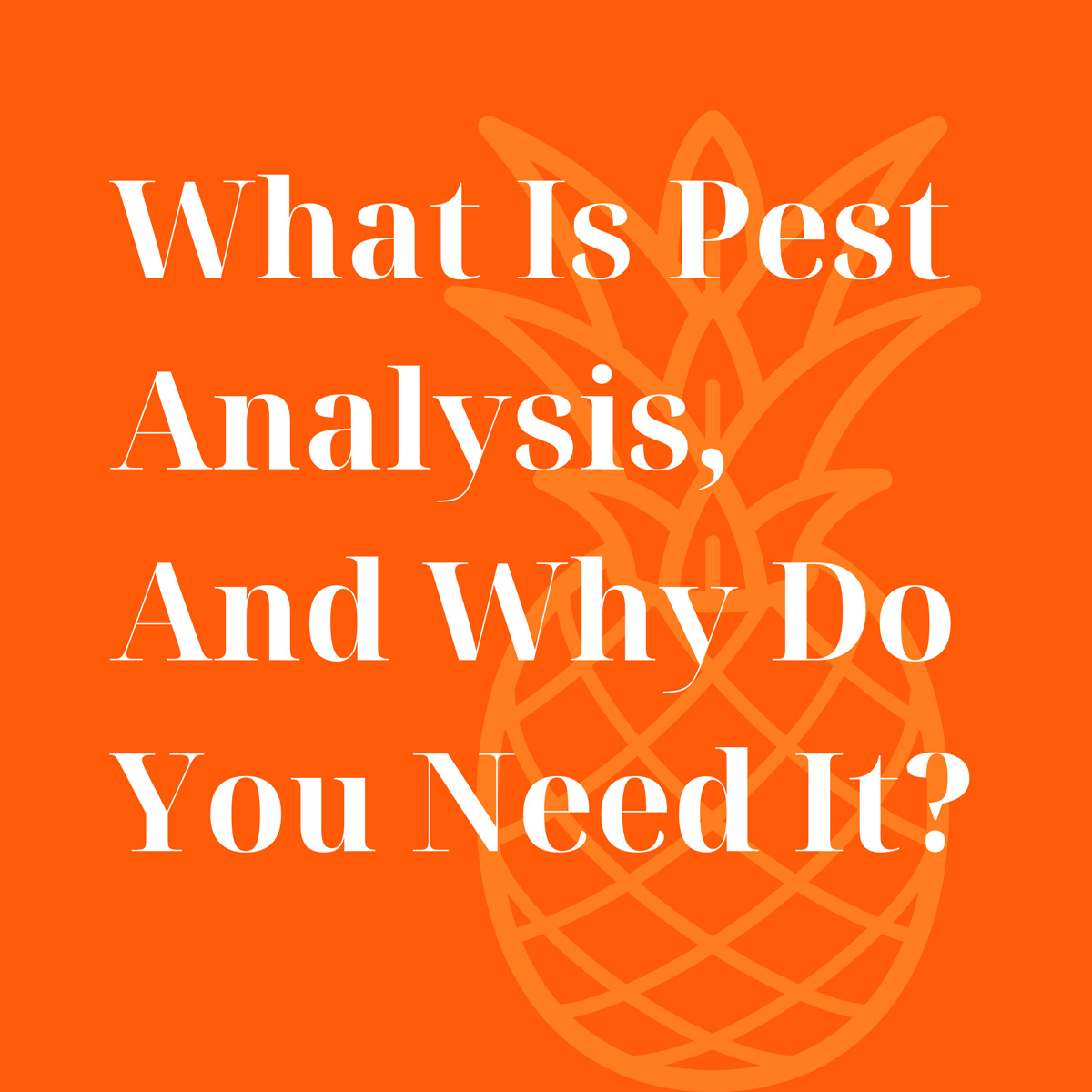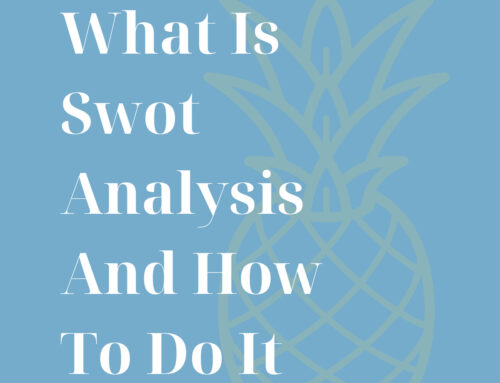What Is Pest Analysis, And Why Do You Need It?
Within the market research you carry out, it’s important to remember that outside factors could influence the success of your business. These could present as both opportunities and threats, as both create an impact on you. One of the best ways to know where your industry lies in the landscape is to carry out a PEST analysis.
PEST analysis is the study of macro-environmental factors that could influence the market. It stands for Political, Economic, Social and Technological (factors), and is used to help predict how changes to these factors could affect your business long-term.
These factors are out of your control, but by knowing what they are, you can be better prepared to make informed decisions regarding your business and the direction it takes as things change.
PEST factors
Political
This would include things like tax rates, government policies and regulations, trade restrictions, political stability, employment law, etc.
Economic
Included in this category are interest rates, inflation, unemployment levels, economic growth, etc.
Social
This includes socio-economic topics like demographics, consumer trends, lifestyle attitudes, cultural limitations and education.
Technological
Included here are things like R&D spending, the role of the internet, emerging technology, technology lifecycles, etc.
Not all factors will be relevant to your business. Changes to food regulation, for example, would not affect your glazing business. And not all changes will necessarily be bad. The pandemic negatively affected a lot of businesses, but there were those that adapted and thrived, even in
hard hit industries.
More recently, PEST has expanded to PESTLE, with the added categories of Legal and Environment. These factors are growing in importance, so are worth including in your analysis.
Legal
This includes any laws that might be relevant, for example, copyright, data protection, consumer protection, health and safety, etc.
Environment
Included in this category are things like changes in weather and climate, waste management, green and eco-friendly practices, recycling, etc.
By having a deeper understanding of PEST factors, you can be better prepared in a number of areas.
How to do PEST analysis
Start with a history of your topic (business, product, industry) to have a better understanding of where it came from and changes that it has already been through. Although you will already have a good understanding of your topic, you might recognise patterns in the way your topic has evolved over time, or major shifts that have led to developments in the past.
Then go through the 4 (or 6) categories in order. There will be some overlap between them, but just make notes as you go and then organise your data later.
Be careful which sources you gather data from – .gov sites will have official information, whereas newspapers will be less accurate.
Political
In the areas that your business operates or does business with, look at the current political climate. Who’s in charge, is that likely to change, what effect does this have? Have things changed over time, and what impact has this had?
You could include looking at the legal aspects here too, and look at any developments in regulation or legislation that might be coming into effect.
Economic
In this category, you’re looking specifically at trends and predictions in supply/demand, recession, interest rates and taxes. Supply and demand is influenced by the latter three, as the state of peoples’ finances determine their willingness to spend.
Look at how the industry has fared over the past, and what the state of it is presently. How many new businesses have entered the industry?
If you trade internationally, what does the economic state look like in that country? Is it likely to change? This is important for supply too, as we have seen recently with the war in Ukraine.
Social
You may be able to draw some conclusions around the social topic from the research on political and economic states. However, dig deeper if you can.
Whereas in the previous 2 topics we have been looking for reliable hard data, social can be a bit more flexible. Newspapers and forums are a good starting point. You’re looking for consumer opinion and what influences that. An example of this would be the data breaches and fake news on Facebook having a detrimental effect on the public opinion, and therefore use of the platform. This could affect your business if you relied heavily on Facebook marketing.
Technological
For this topic, you’re looking for positive and negative effects of the technology that is currently available and of the new emerging tech in the industry.
Look at what technology competitors are using and why they might us it. What advantages does it give them? Is there something missing that could make a difference to your industry?
Look for press releases and company updates for sources of this information. Social media might be useful here too, but not always.
Putting it together
Once you’ve gathered your information, the last part is putting it all together. Make sure your key findings are easy to find, and add to the document as new information and developments happen, so you don’t have to start from scratch again at a later date.
A bullet format is fine, as it needs to be a document that you can refer to easily – writing an essay may not help as you will be unwilling to sift through it at a later date.
How PEST analysis helps grow your business
Informs strategic planning
To make the best decisions, you need to have all the information. Having done your PEST analysis, you’ll have a better understanding whether the decisions you’re making are sensible and taking your business is the right direction.
Assess market opportunities
If you can see how the market is operating, you are in a better position to take advantage of opportunities, or create your own opportunities, as they arise.
Monitor trends
By watching the trends in the market, you will be able to make informed decisions regarding pricing, marketing, product development, etc., that keeps you in line with the moving trends of the time.
While it’s not everyone's favourite job to carry out market research, the data you collect from your PEST analysis could be the difference between success and failure in your business.
Without information, how can you make informed decisions? It doesn’t guarantee anything, but you are much better armed to tackle problems or seize opportunities when you are in touch with the world around you.
If you need help carrying out PEST analysis for your business, get in touch with Cat on: cat@ckgmarketing.co.uk





